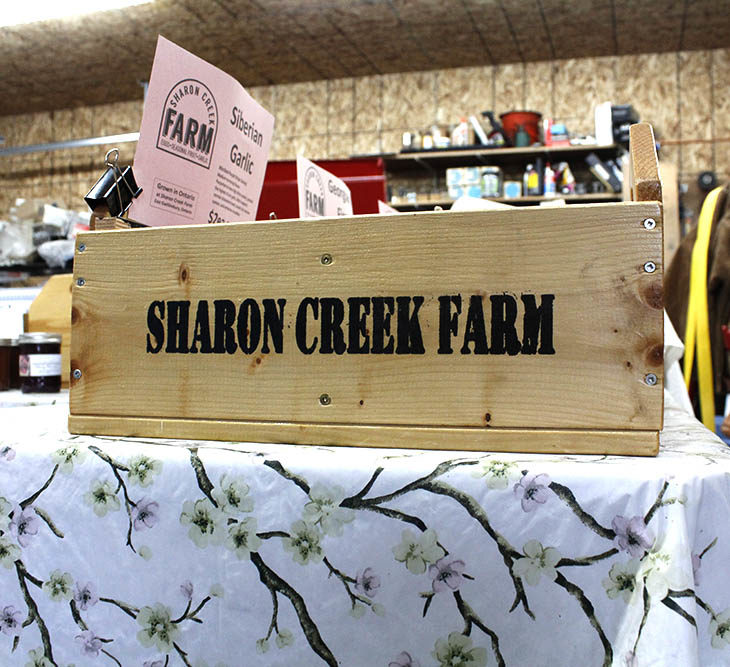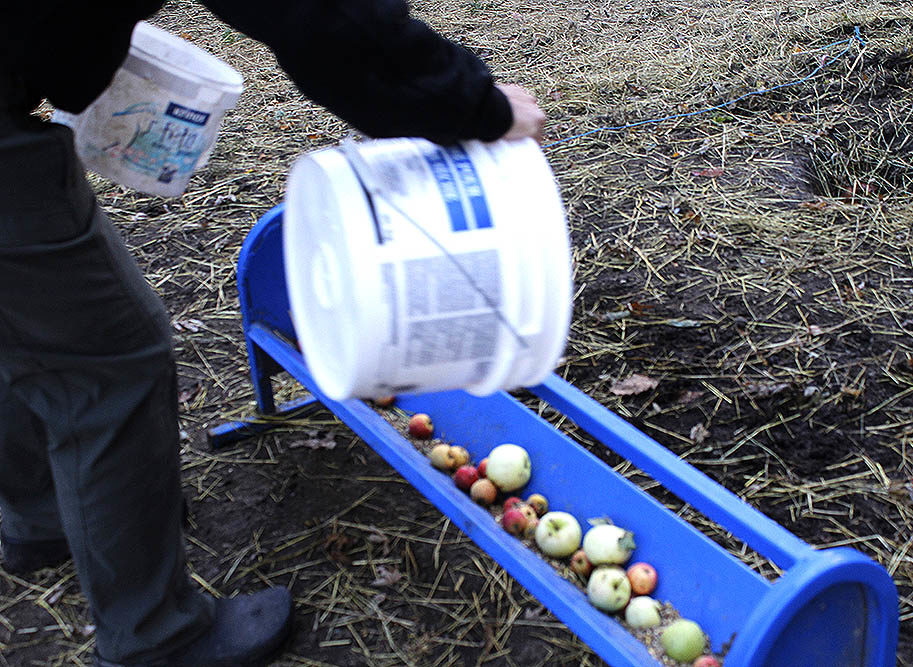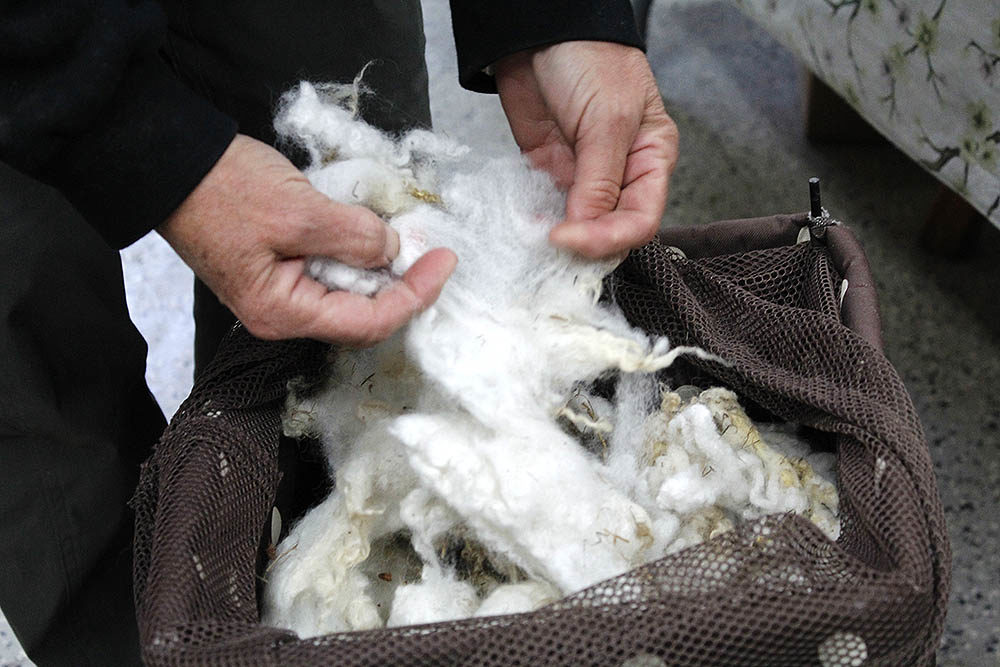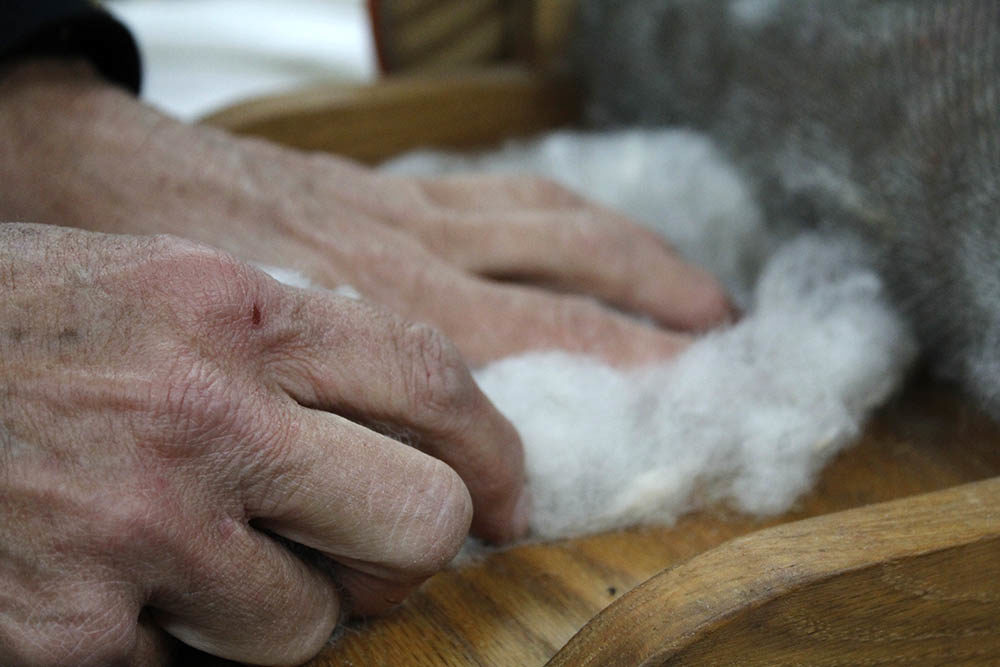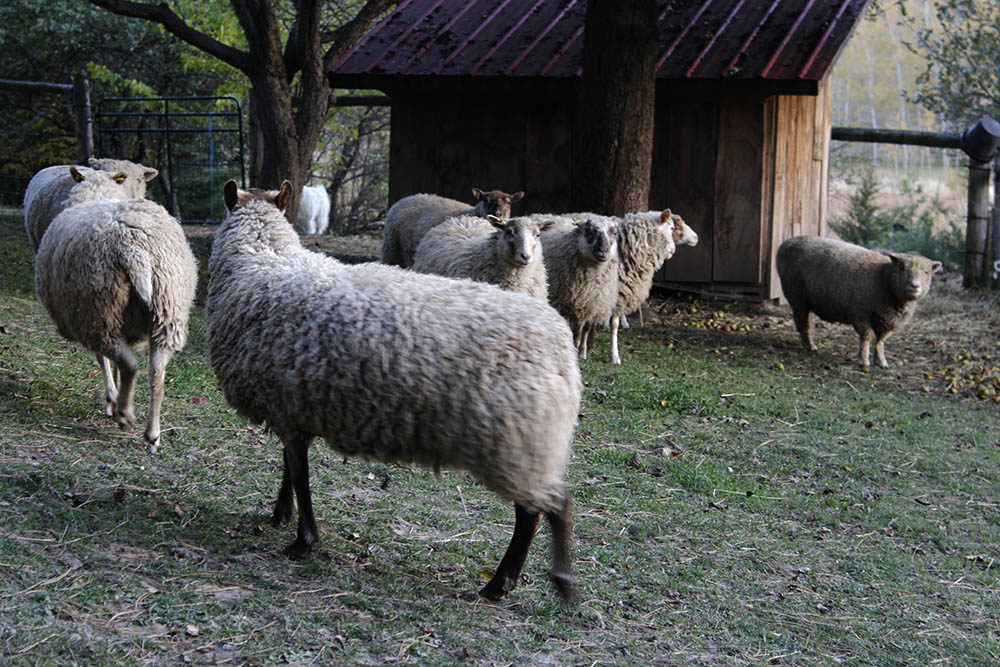BORN AND RAISED IN ENGLAND, near a village called Allhallows in Kent, Shearman became acquainted with farming from a young age. Her father, a farmer himself, had a business with his dad. When she was a teenager, 19, her grandmother passed away and left her shares on the farm to her uncle and aunt who weren’t farmers, she says. So, her father decided to sell the farm and come to Canada. He immigrated as a farm labourer as that was the only way to enter the country in the early 1970s. Once Shearman arrived, she began living on a cattle and horse farm. “I thought it was awesome because I could ride, I was a horse rider and enjoyed horses,” she says. This is where Shearman’s journey began.
“I always wanted to go into farming,” says Shearman. “I would have liked to take over the family farm. But I actually excelled in school and everybody said that would be a waste of my brainpower and I need to go to university and be an academic.” Shearman ended up completing a bachelor’s degree in French and German and worked a couple of years in advertising production. She later completed a three-year art college diploma in pottery and worked as a potter for eight years.
From there, she went into teaching. “I specialized actually in teaching children with dyslexia, severe reading disabilities, and that became my whole focus,” she says. She did it for 25 years. Never forgetting her love for farming, Shearman simultaneously enrolled into University of Guelph to study horticulture and landscape design. With her degree in hand, she bought Sharon Creek Farm in 2009 to continue to focus on that. Shearman became interested in growing fruit and after two years of researching and gathering information –– consulting with other people, doing soil tests, looking to see what would grow –– she decided what to plant, and her life as a farmer began. But dark times were ahead of her. Soon after she bought the property, her first husband, a professor of medicine, divorced her, after realizing farming was not for him. She was left alone to support herself, her farm and her growing business.
Although Shearman persevered in what she loves to do, she admits she was not taken seriously when she tried to buy equipment and was looked at as if she did not know what she was doing. Ganzel writes that with the growing women’s movement during the 1960s, 1970s, and 1980s, the agriculture sector began to recognize that women were an integral part of most farming operations. Earlier in history, rural women tended to be bookkeepers for farming operations and that began to change in the mid-’80s when Census of Farming found that 48.7 per cent of women living on farms were employed off the farm. This number increased to 65 per cent in 2007. This was difficult for some male farmers to “swallow” and farm women sought help for depression, writes Ganzel. In the 1990s, the farm crises have eased and farm families adapted to the changing roles of women.
During the Agriculture West 2019 conference in Calgary, Marie-Claude Bibeau, minister of agriculture and agri-food says that diversity and inclusion are integral to creating an economy that works for everyone. Specifically, full and equal participation of women in agriculture will contribute to prosperity, she says. The government of Canada continues to support women in agriculture, introducing a program called Farm Credit Canada (FCC) which provides capital to grow businesses along with skill development opportunities. Conferences like Advancing Women in Agriculture, one of which recently happened in Niagara Falls, where women seek to enhance family life, community, career and industry support through various sectors is also part of the norm.
Although Shearman is aware of this, she prefers to face challenges head on. She says that with time and familiarity of suppliers her acknowledgment got much better. Shearman also says that environmental change and economic development in the business could be tricky, especially to a beginner farmer. Although Shearman currently has a helper on the farm along with her second husband and therapist, she continues to solely manage everything herself.
When Shearman started out as a farmer, she made massive mistakes and a lot of them revolved around spending too much money. It was “because of not knowing,” she says. Another mistake she made was not doing her fences properly. The electric fence she has currently came later, but she says it “comes with practice and experience.” Today, she tends to price things using two tools to help her out. One is an organic price tracker which helps her see what people charge in different regions and another is a wholesale food distributor, so she can go and see how much they are selling to restaurants. Having two daughters herself and one who owns two restaurants in the city, she wholesales garlic, apples, and duck eggs to them. She is a constant attendee at a village market in Richmond Hill where she sells organic produce every Saturday. Sharon Creek Farm is designed to have a loop system, so in order to bring nutrients to the soil, Shearman needs animal manure. This is one of the reasons she keeps goats and sheep on the farm. The sheep keep the grass and weeds at bay by going to the steep slopes where machinery cannot go, says Shearman. She also sells sheep wool during the winter months. Shearman uses manual labour to harvest and take care of her animals and tries not to do big equipment purchases due to maintenance and expenses. “I had to buy a new truck last year, that was a crisis,” she says.

